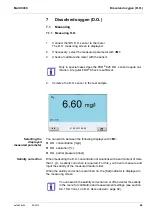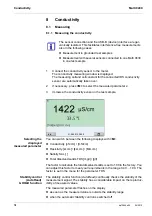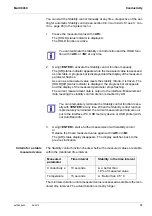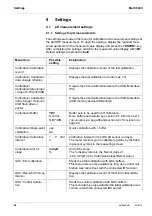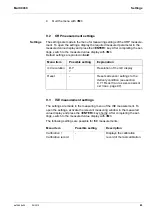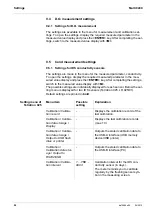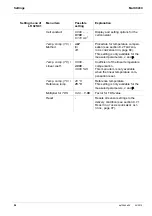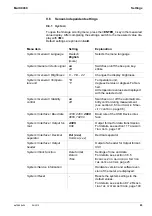
Multi 9430
Conductivity
ba75966e04
04/2015
81
8.3
Calibration
8.3.1 Why calibrate?
Aging slightly changes the cell constant, e. g. due to coatings. As a result, an
inexact measured value is displayed. The original characteristics of the cell can
often be restored by cleaning the cell. Calibration determines the current value
of the cell constant and stores this value in the meter.
Thus, you should calibrate at regular intervals.
8.3.2 When to calibrate?
After connecting a sensor
Routinely within the framework of the company quality assurance
When the cleaning interval has expired
8.3.3 Determining the cell constant (calibration in control standard)
You can determine the actual cell constant of the IDS conductivity sensor by
calibrating with the control standard in the following range:
0.450 ... 0.500 cm
-1
(e.g.
TetraCon 925
, nominal cell constant 0.475cm
-1
)
The cell constant is determined in the control standard, 0.01 mol/l KCl.
In the delivery condition, the calibrated cell constant of the IDS sensor is set to
0.475 cm
-1
(
TetraCon 925
IDS conductivity sensor).
For this calibration procedure, the
Type
setting must be set to
cal
. Proceed as
follows to determine the cell constant:
1.
Connect the conductivity sensor to the meter.
2.
In the measured value display, select the conductivity parameter with
<M>
.
3.
Start the calibration with
<CAL>
.
The cell constant that was calibrated last is displayed.
01.08.2013 08:00



